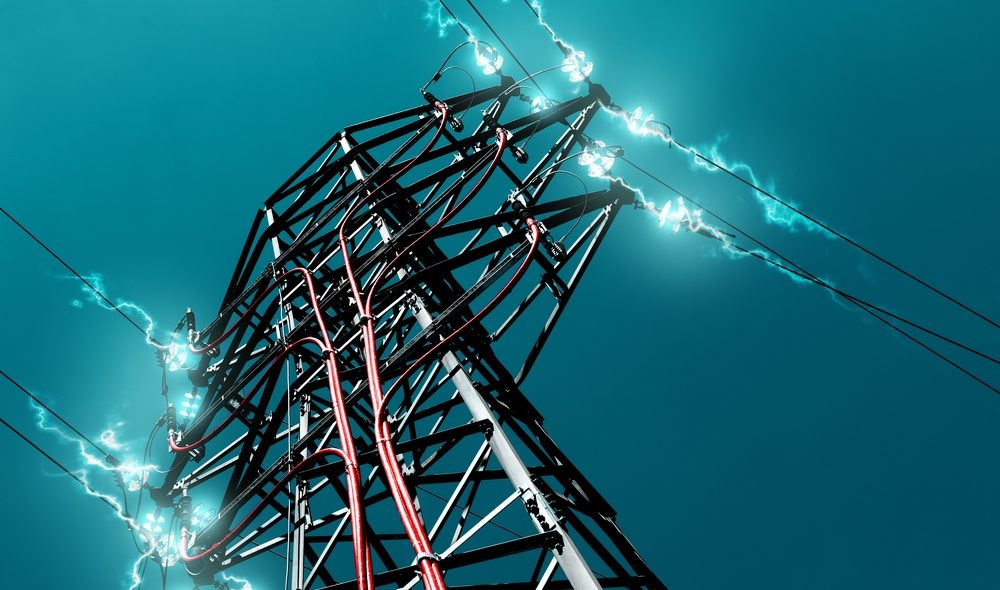Power Factor – Characteristic when changes in Inductance or Inductive Reactance
In Inductive Circuit, Why the Power Factor (Cos θ) Decreases, When Inductance (L) or Inductive reactance (XL) Increases?
Explain the statement that “In an inductive circuit, when inductance (L) or inductive reactance (XL) increases, the Circuit power factor (Cos θ) decreases“.
Explanation:
We know that in DC circuits:
I = V / R,
But in case of AC circuits:
I = V / Z
Where “total resistance of AC circuits = Impedance = Z = √ (R2 + (XL – XC2)”
In case of Inductive circuit:
• Z = √ (R2 + XL2)
• I = V / XL or I = V / Z
It shows that in an inductive circuit, current is inversely proportional to the inductive reactance as well as inductance “L” as inductance and inductive reactances “XL” are directly proportional to each other’s. It means, if inductance increases, the circuit current decreases which leads to decrease the power factor. Similarly, when the circuit current increases due to decrease in inductance or inductive reactance, the overall power factor will be improved as power factor is directly proportional to the inductance and inductive reactance.
Let’s check with a solved example to see how power factor decreased by increase in inductance and inductive reactance.
When Inductance = 0.01 H
Suppose an inductive circuit where:
• Inductance = L = 0.01 Henry
• Voltage = V = 230 V
• Resistance = R = 12 Ω
• Frequency = f = 50 Hz
To find the inductive reactance;
XL = 2πfL
XL = 2 x 3.14 x 50 x 0.01
XL = 3.14 Ω
Now circuit impedance:
Z = √ (R2 + XL2)
Z = √ (122 + 3.142)
Z = 12.40 Ω
Finally, Power factor in inductive circuit:
Cos θ = R / Z
Cos θ = 12 Ω / 12.40 Ω
Cos θ = 0.97
When Inductance = 0.03 H
Now we increased the Inductance (L) of inductor form 0.01 H to 0.03 H.
V = 230 V, R = 12 Ω, L = 0.03 H, f = 50 Hz.
XL = 2πfL= 2 x 3.14 x 50 x 0.03 = 9.42 Ω
Z = √ (R2 + XL2) = √ (122 + 9.422) = 15.26 Ω
Power Factor = Cos θ = R / Z = 12 Ω / 15.26 Ω
Cos θ = 0.79
Conclusion:
We can see that, when inductance (L) was 0.01 Henry, then circuit power factor were 0.97, But when circuit inductance increased from 0.01 H to 0.03 H, then the power factor decreased from 0.97 to 0.79.
Hence proved,
In an inductive circuit, when inductance or inductive reactance XL increases, the circuit power factor decreases and vice versa.
Hence
• Inductive reactance is a kind of resistance. When inductive reactance increases, the circuit power factor decreases and vice versa.
• Inductance is directly proportional to the inductive reactance
L ∝ XL
• Inductance is directly proportional to the inductive reactance and current.
L ∝ I and L ∝ XL
• Power factor is inversely proportional to the inductance and inductive reactance.
Cos θ ∝ 1/L and Cos θ ∝ 1/XL
